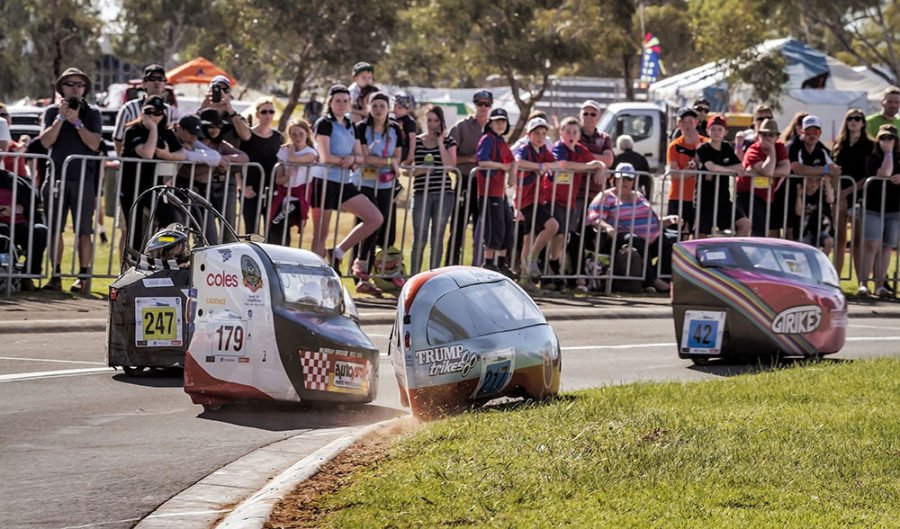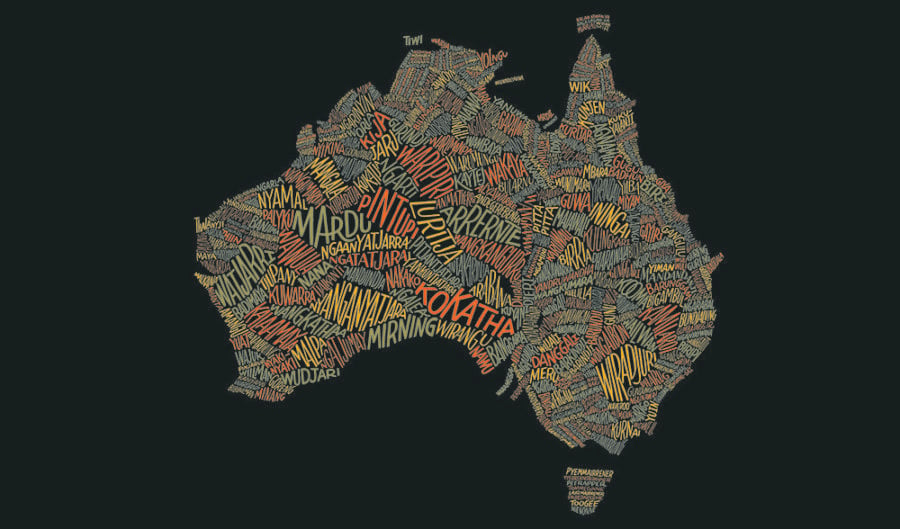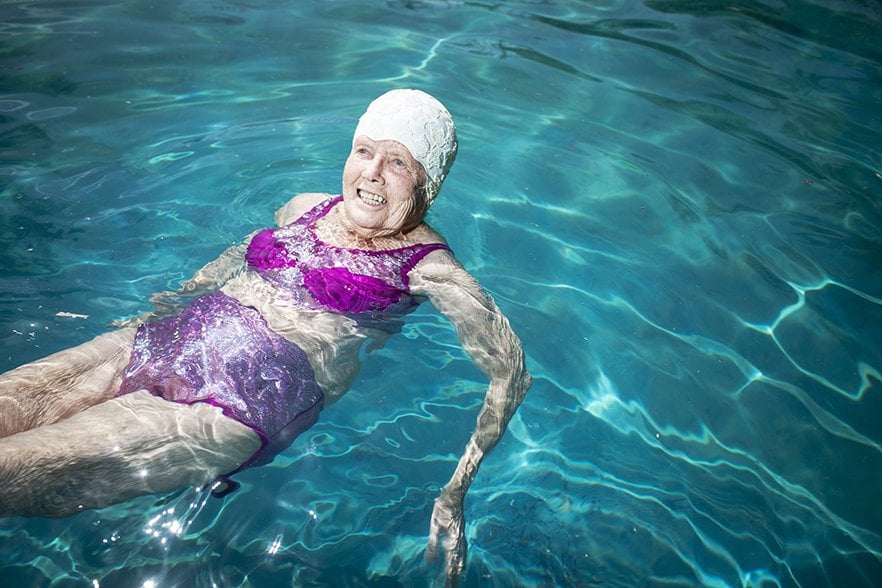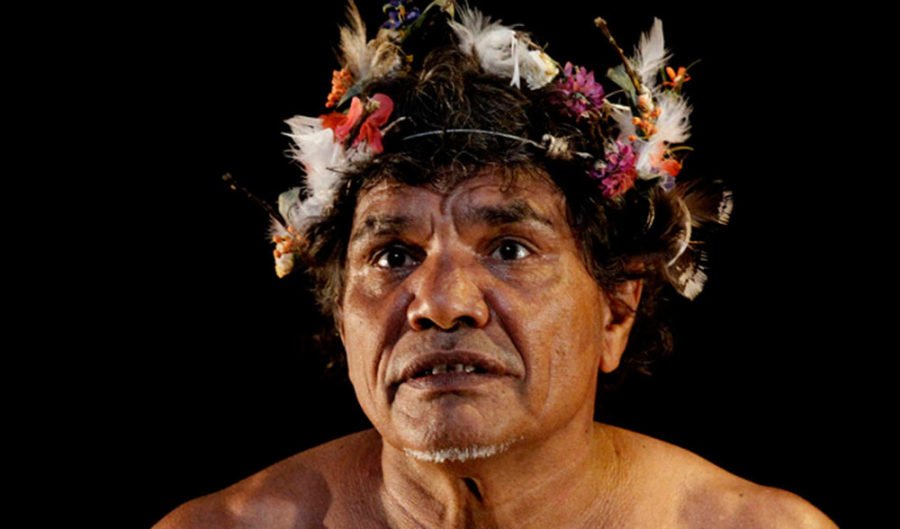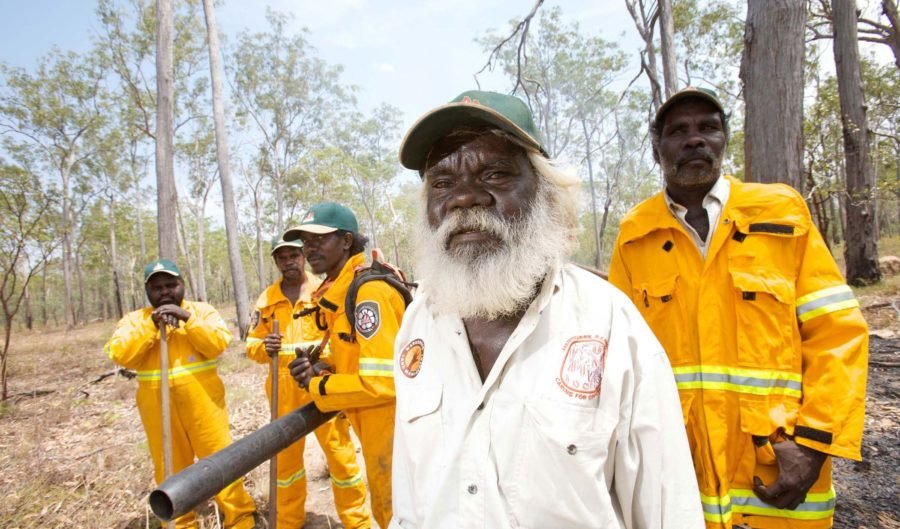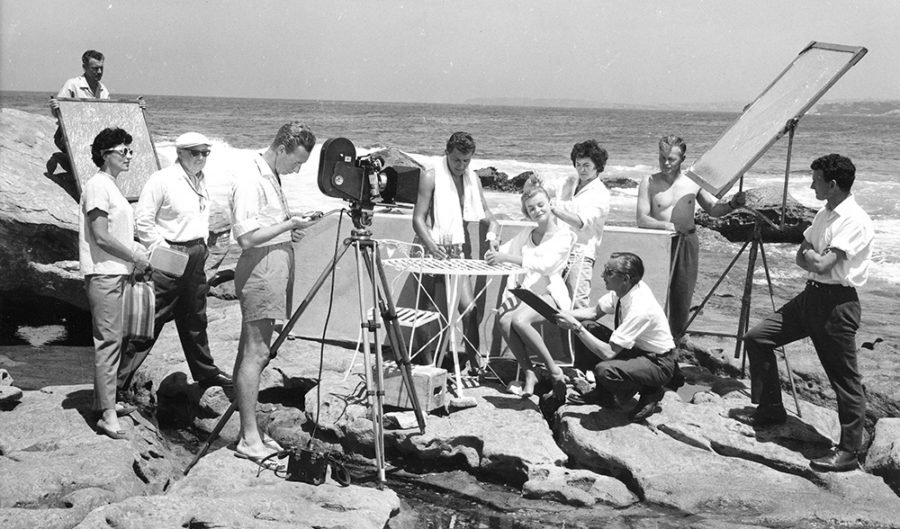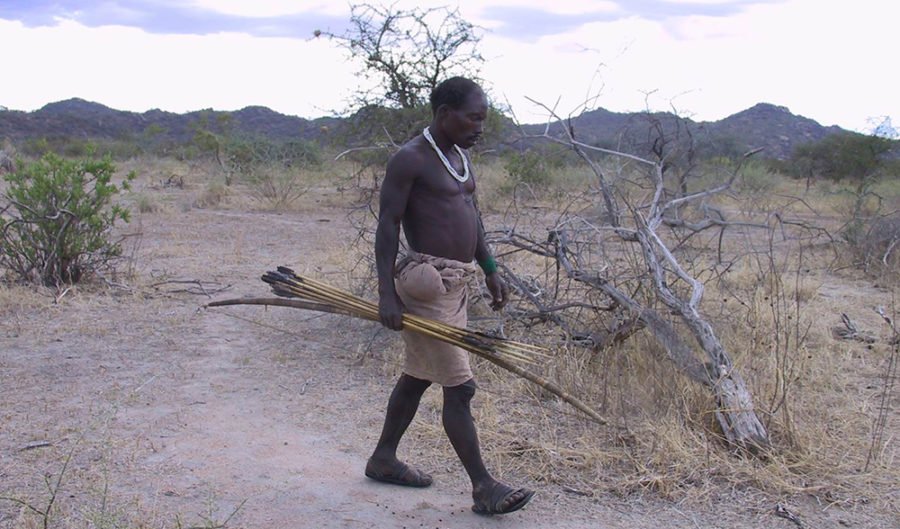
GALLERY: Inside Section 400
Maralinga, South Australia, was blasted and battered by nuclear tests in the 1950s and ’60s. Officially known as Section 400, this 3300sq.km site was chosen as a permanent base to develop and explode atomic bombs. In 2009, the land was given back to its traditional owners, who have opened the gates to paying visitors. Explore Maralinga through Thomas Wielecki’s photography, and read more about this odd tourist attraction in Bruce Newton’s feature in #AG133.
